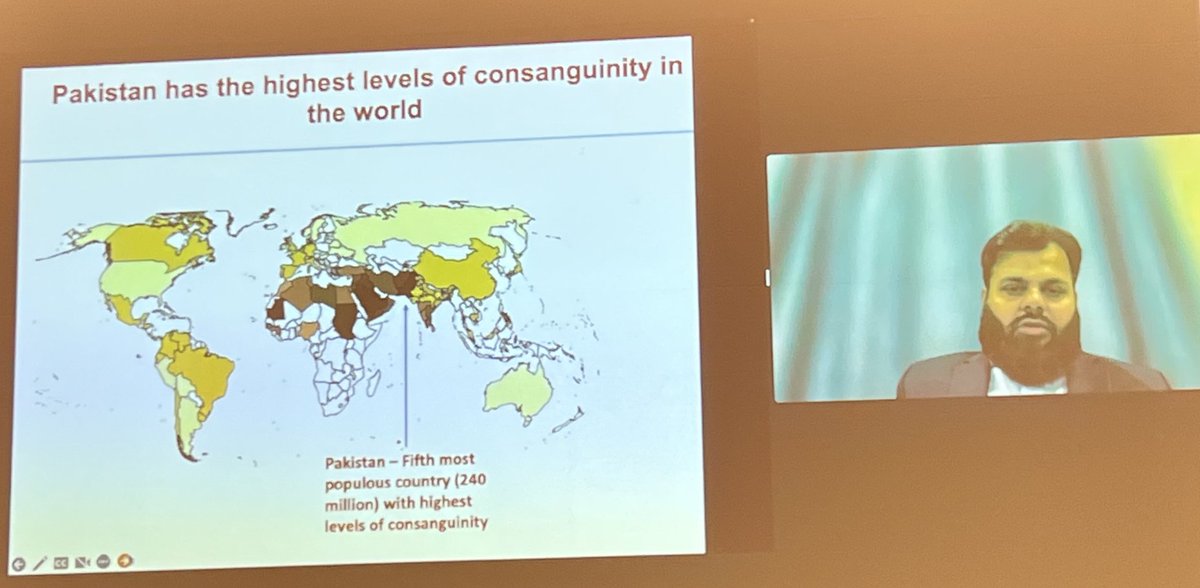
Fantastic talk by @cdbustamante about an ambitious initiative to set up one of the world's largest diverse biobank with a focus on Latin American populations with a target sample size of 10 Million(!!). Welcome to the biobank of the Americas! #ASHG22
bbofa.org
bbofa.org
The motivation behind this massive undertaking is something that is obvious to the field: massive underrepresentation of Non-European populations in the genetic databases. 

The participants recruitment is targeted mainly in the Latin America and Caribbean diaspora that holds ~8% of the world population and comprise 700+ ethnic groups and yet represent <1% of the global genetic databases.
From pilot data, it's clear that the public awareness of this underrepresentation is higher reflected by the fact that 2/3 rd of the invited people were enthusiastic to participate. Close to 100k participants were already enrolled.
The team is making use of the COVID19 testing as an opportunity to enroll participants in the study where the COVID19 testing sample discards were used for sequencing and linking the genetic data with electronic health records.
Initial results from analysis of pilot data were highly promising where admixture mapping of COVID19 phenotypes yielded several ancestry specific signals, illustrating the importances of diversity in the biobank samples.
The long term goal is to establish central data register and interface with other global biobanks to harmonize genetic research across the world.
• • •
Missing some Tweet in this thread? You can try to
force a refresh















